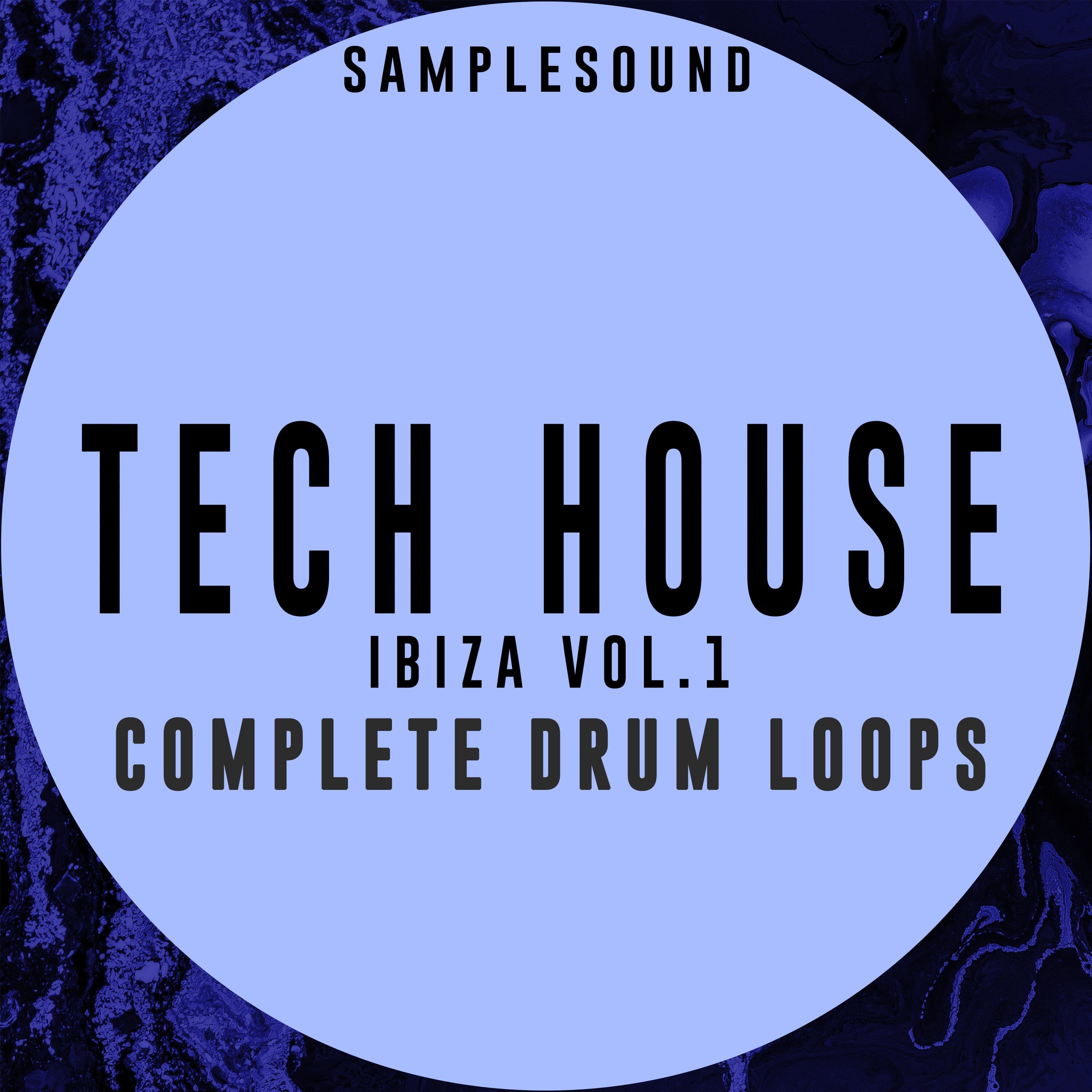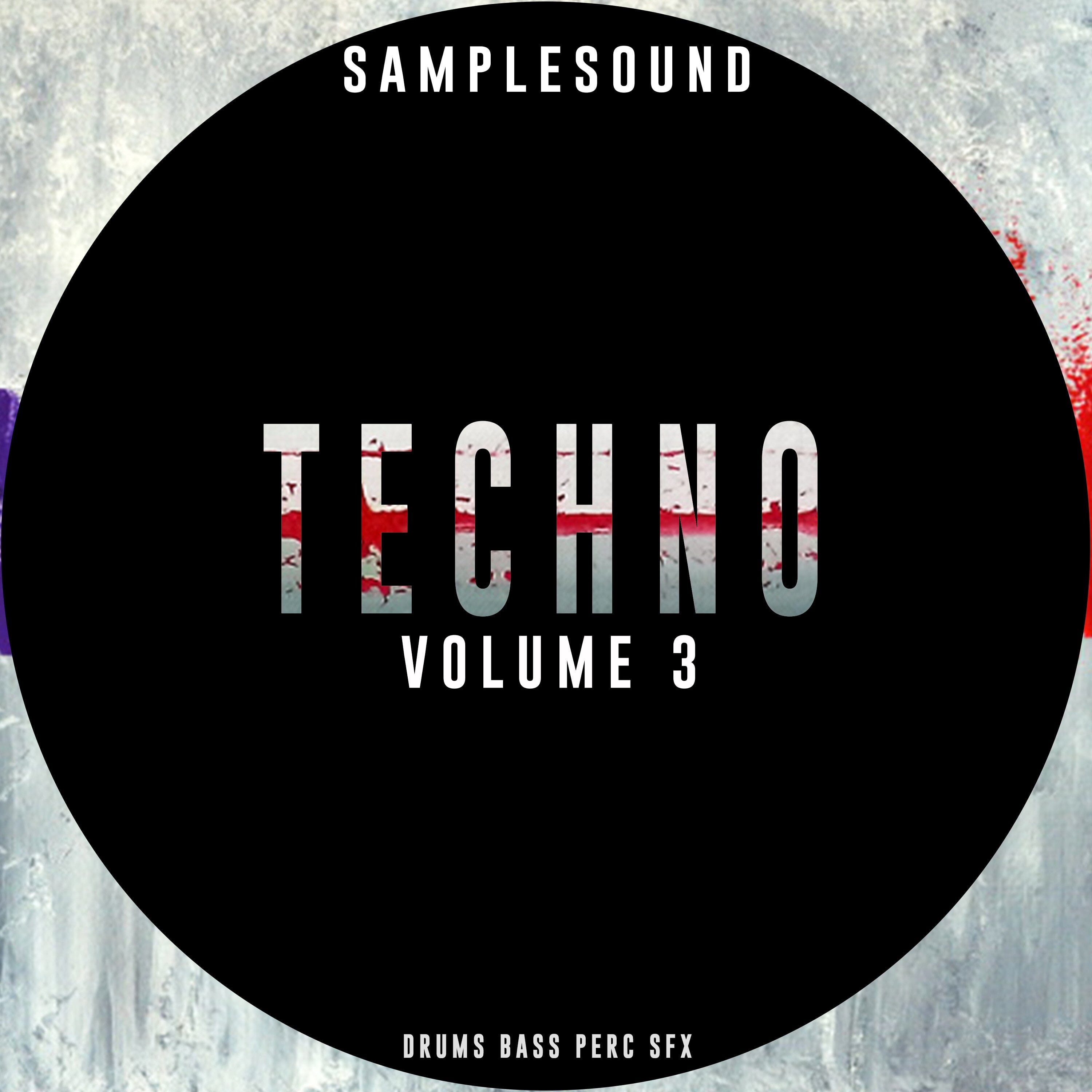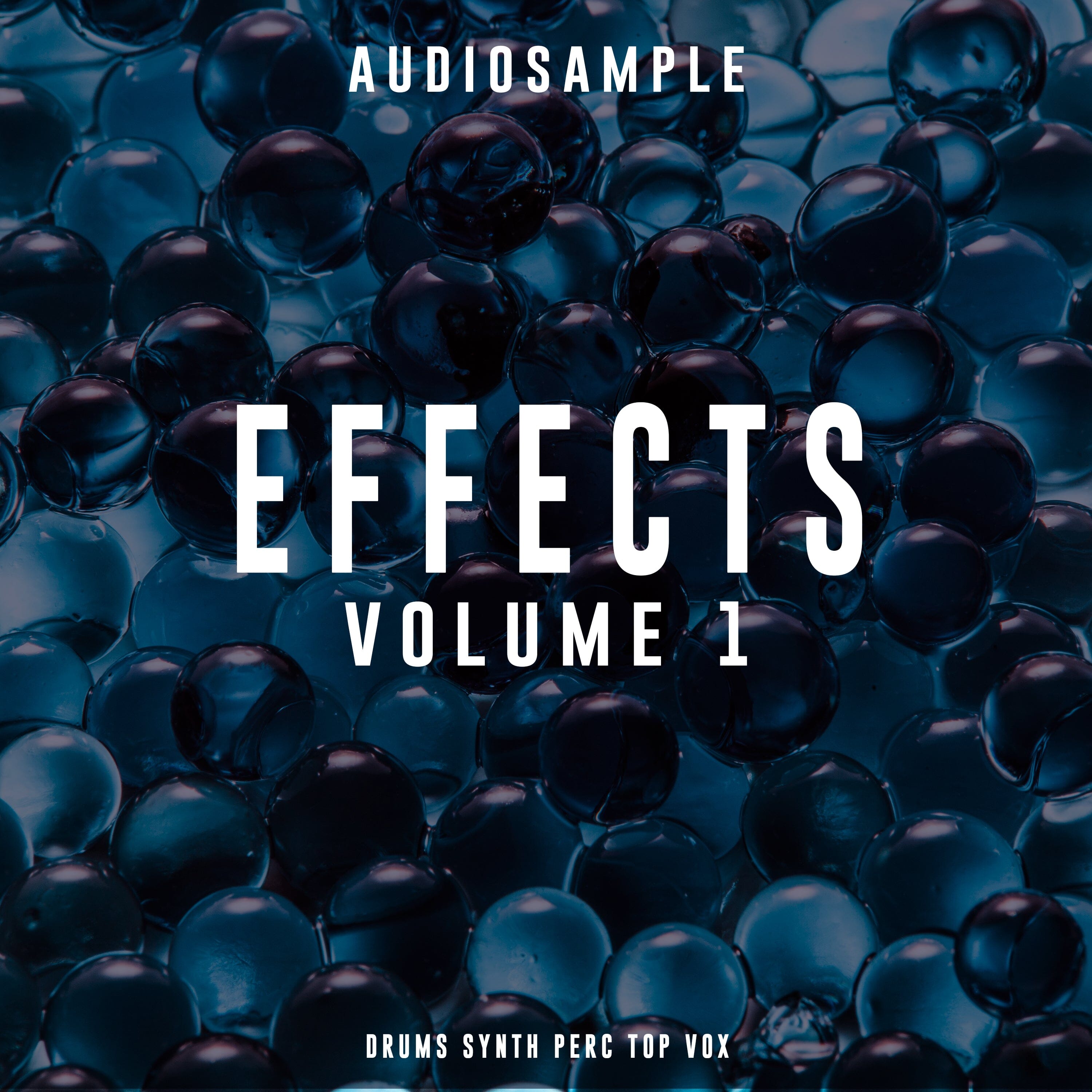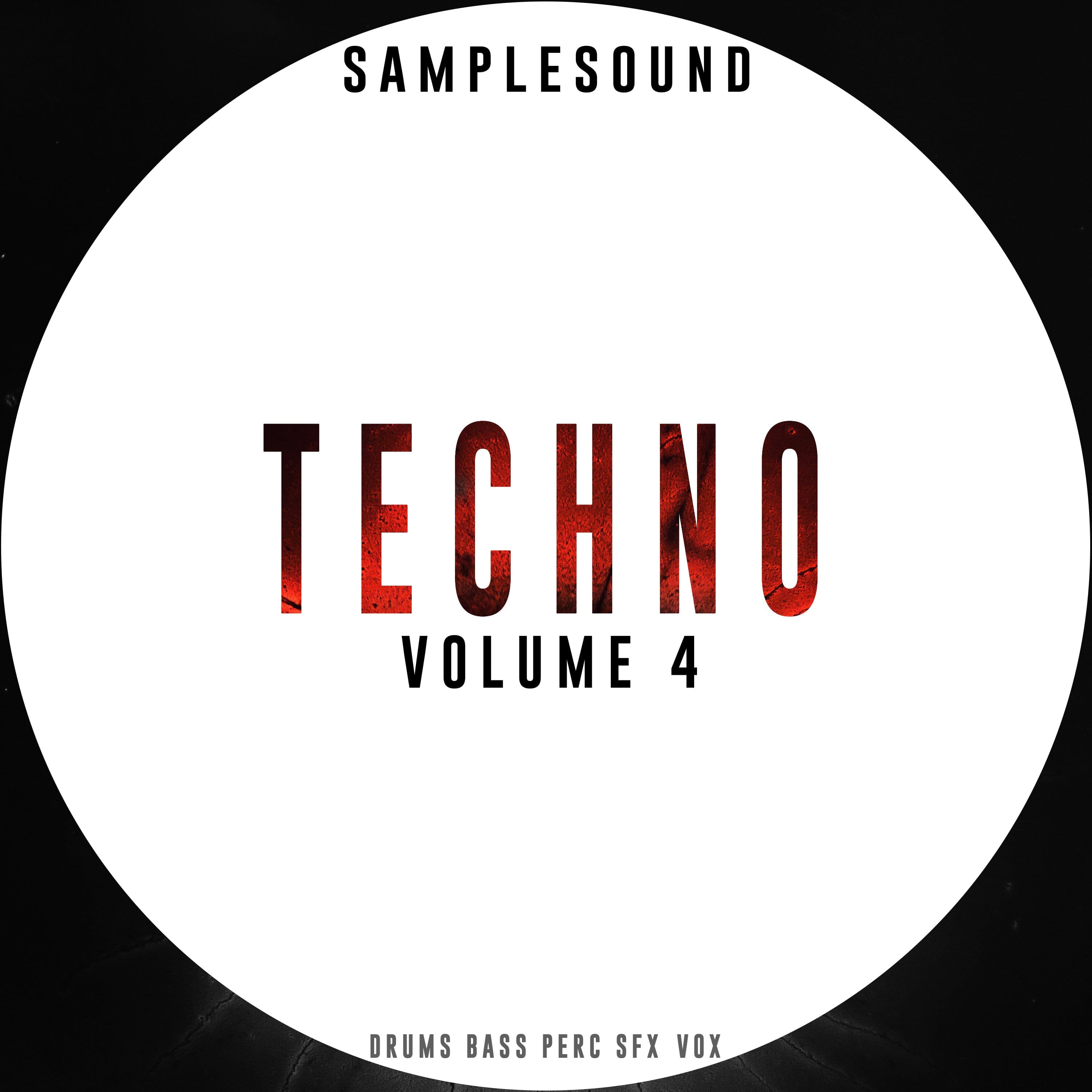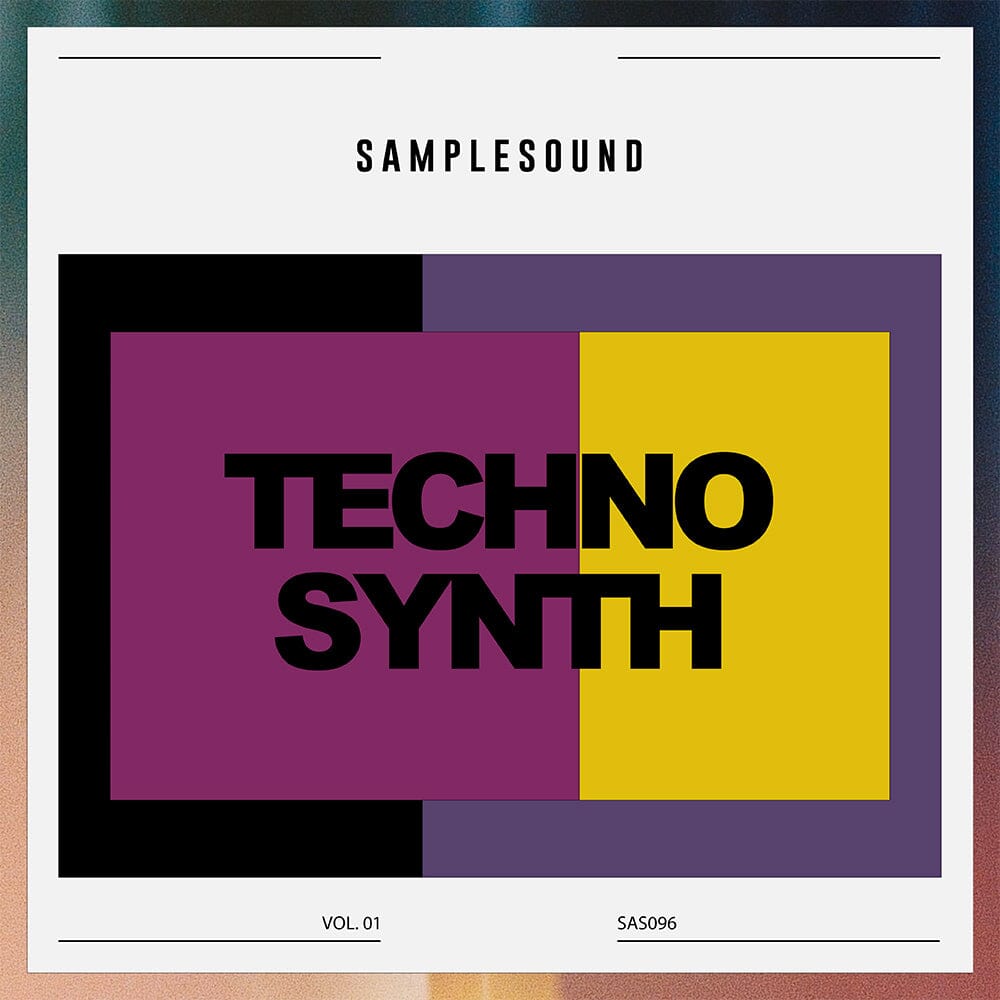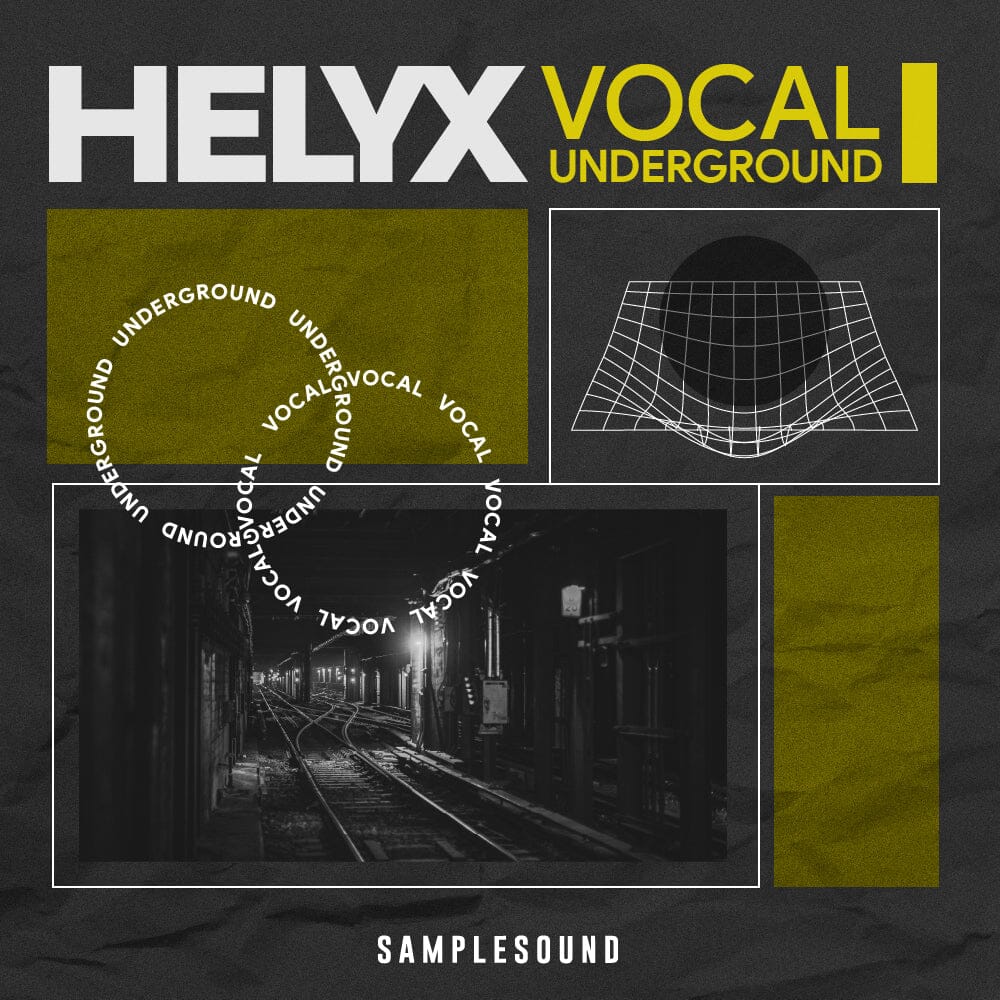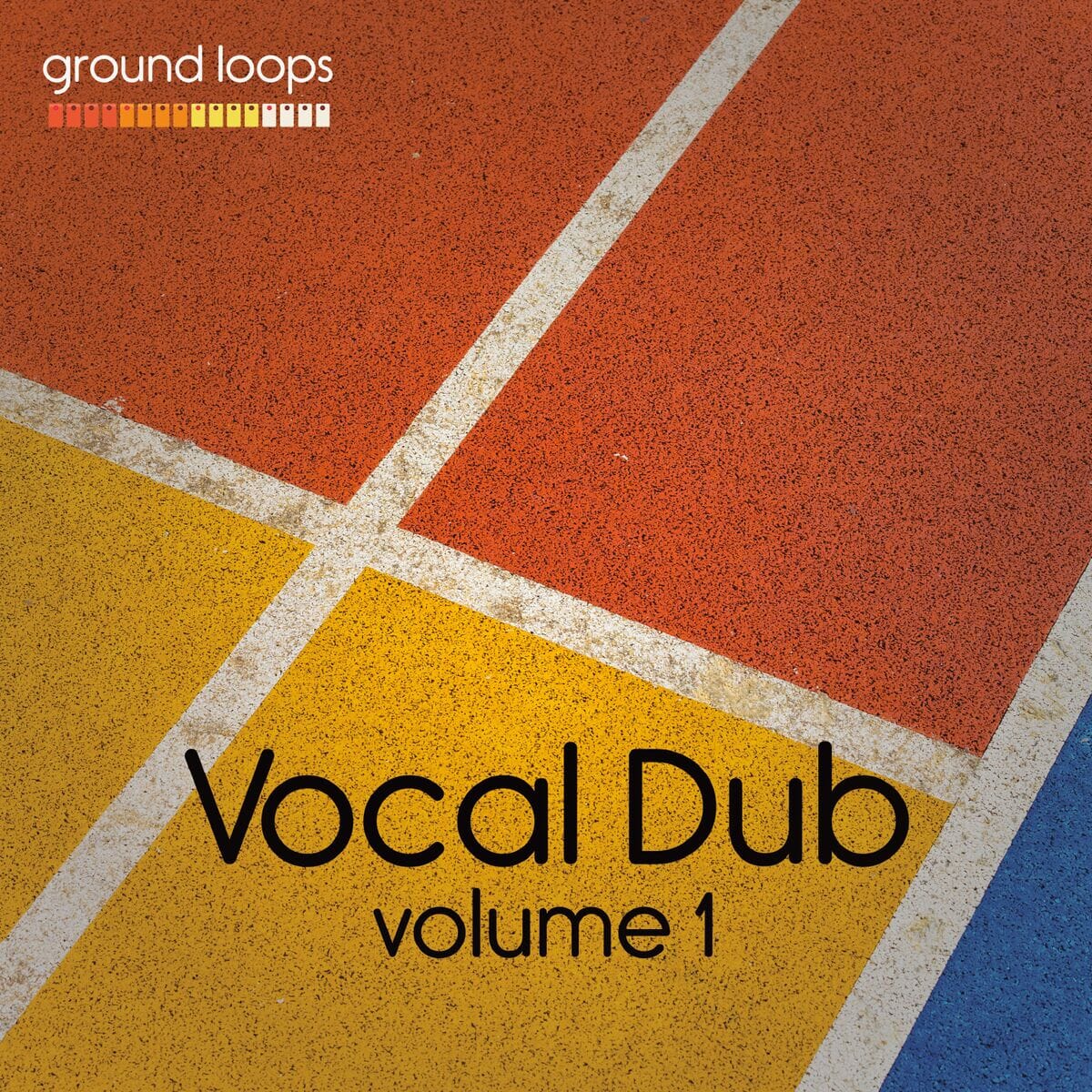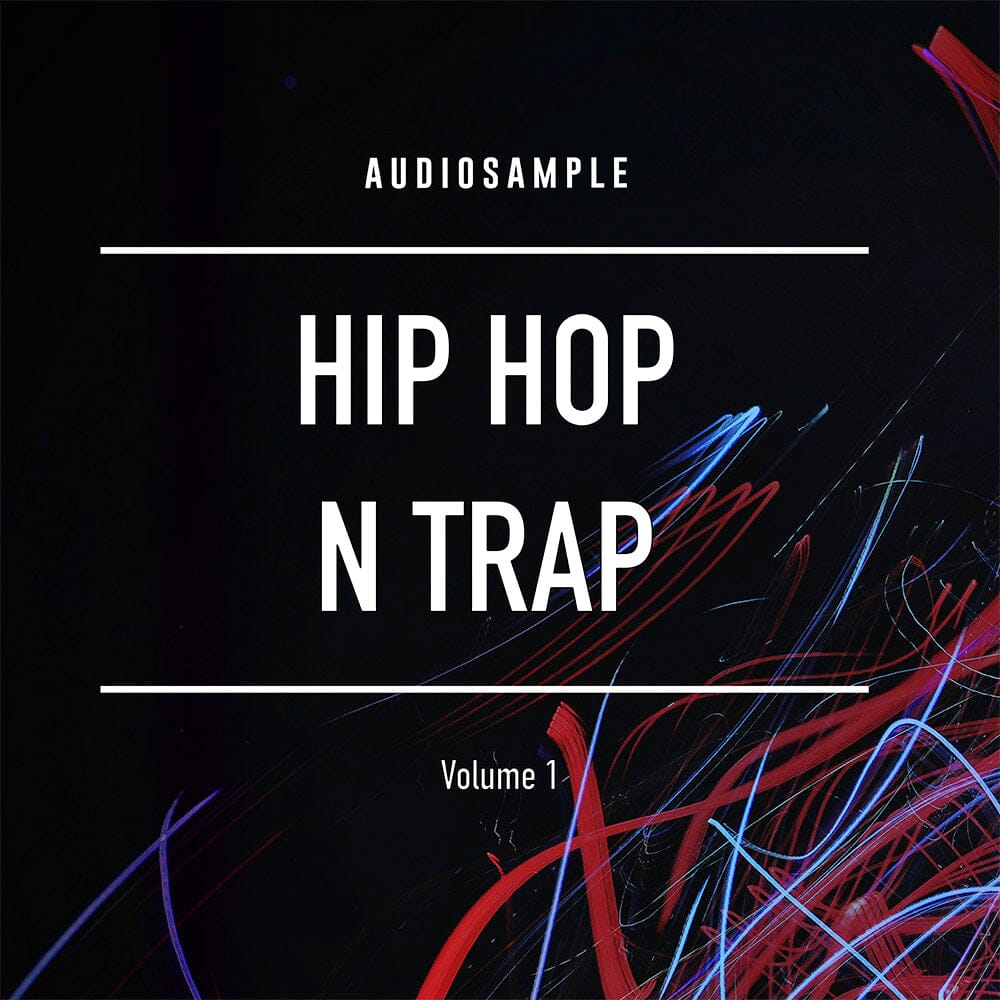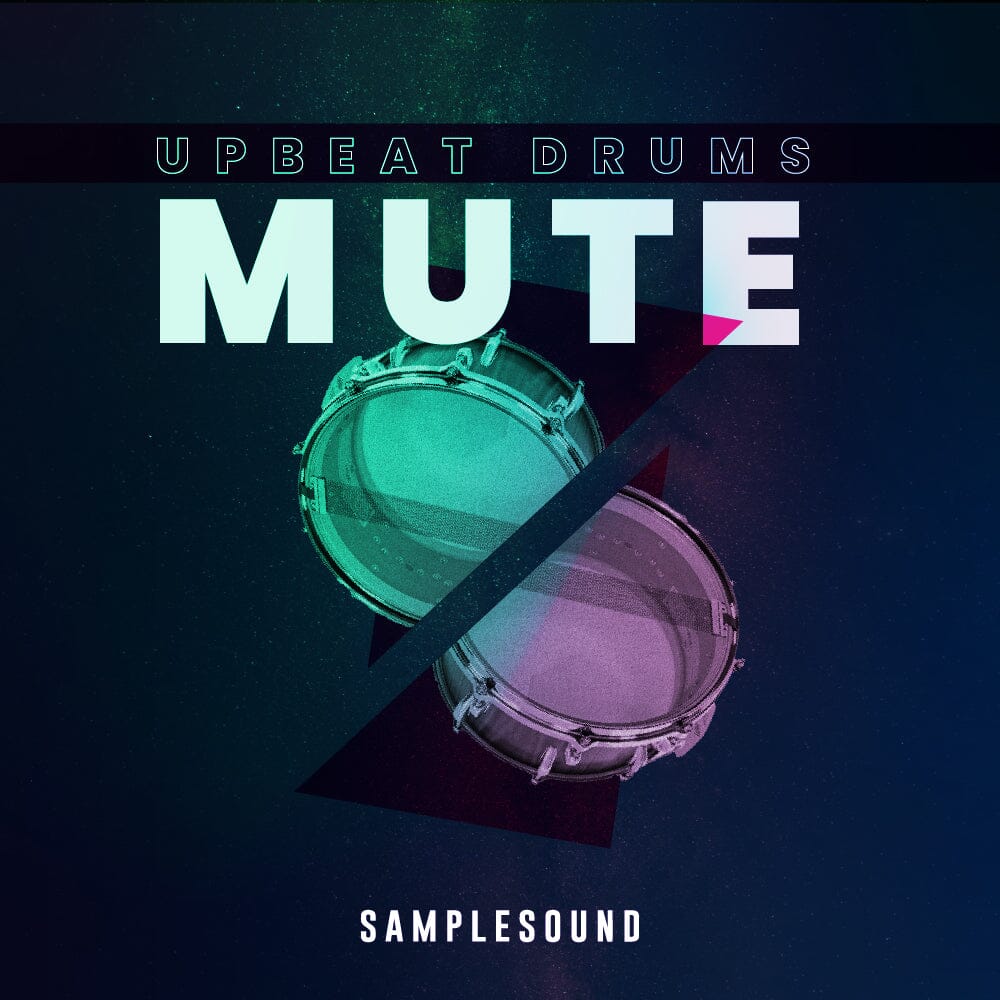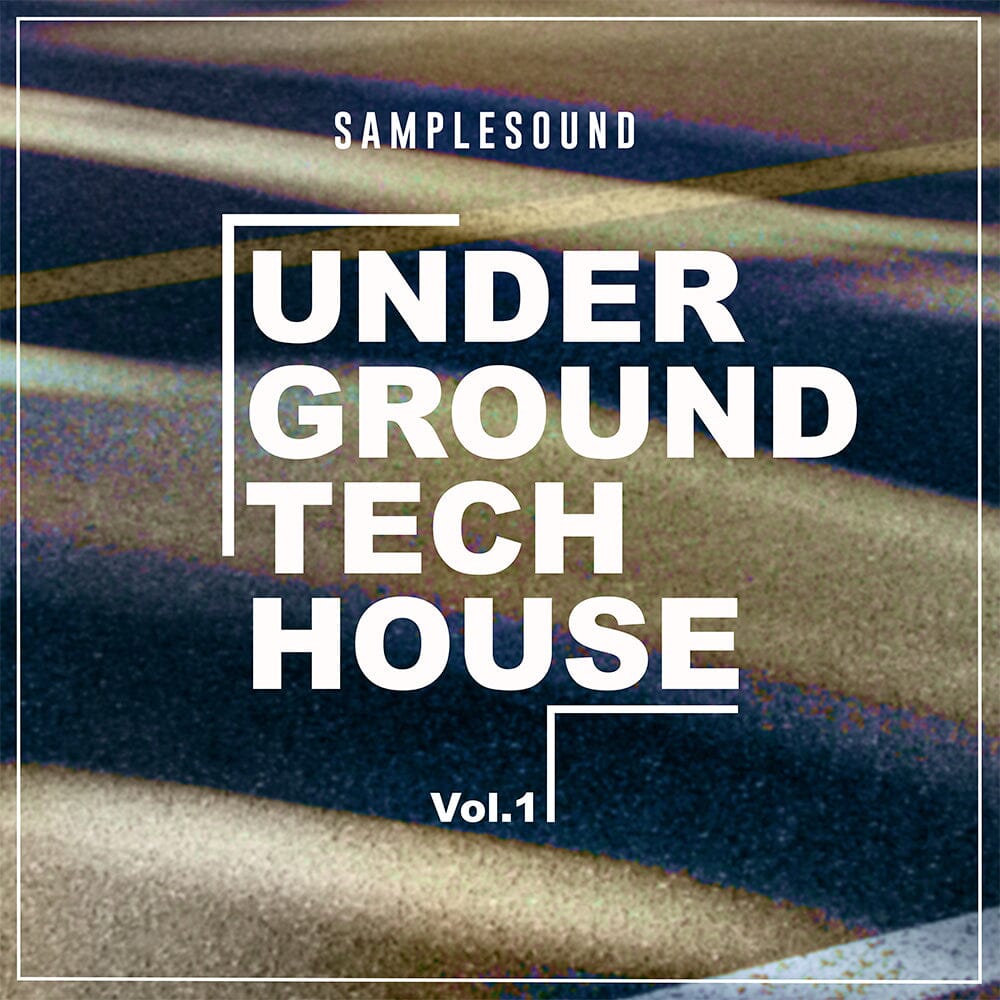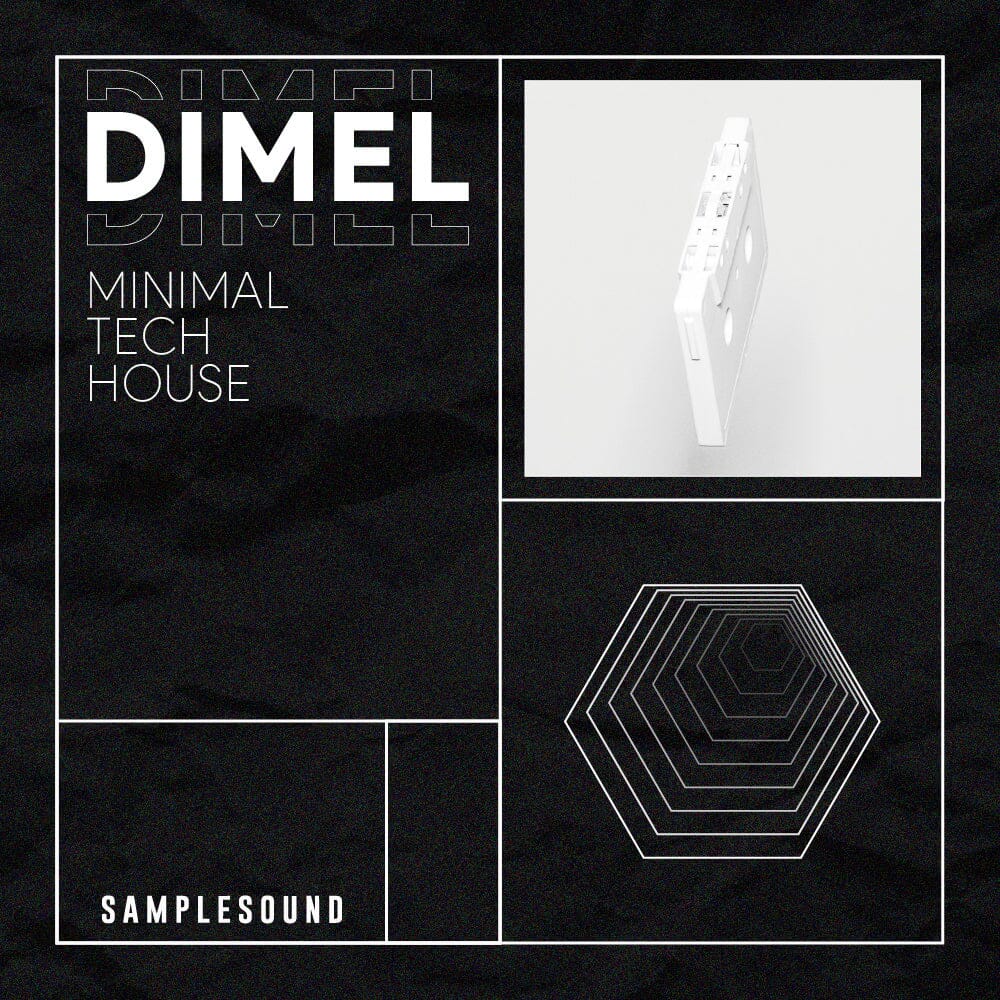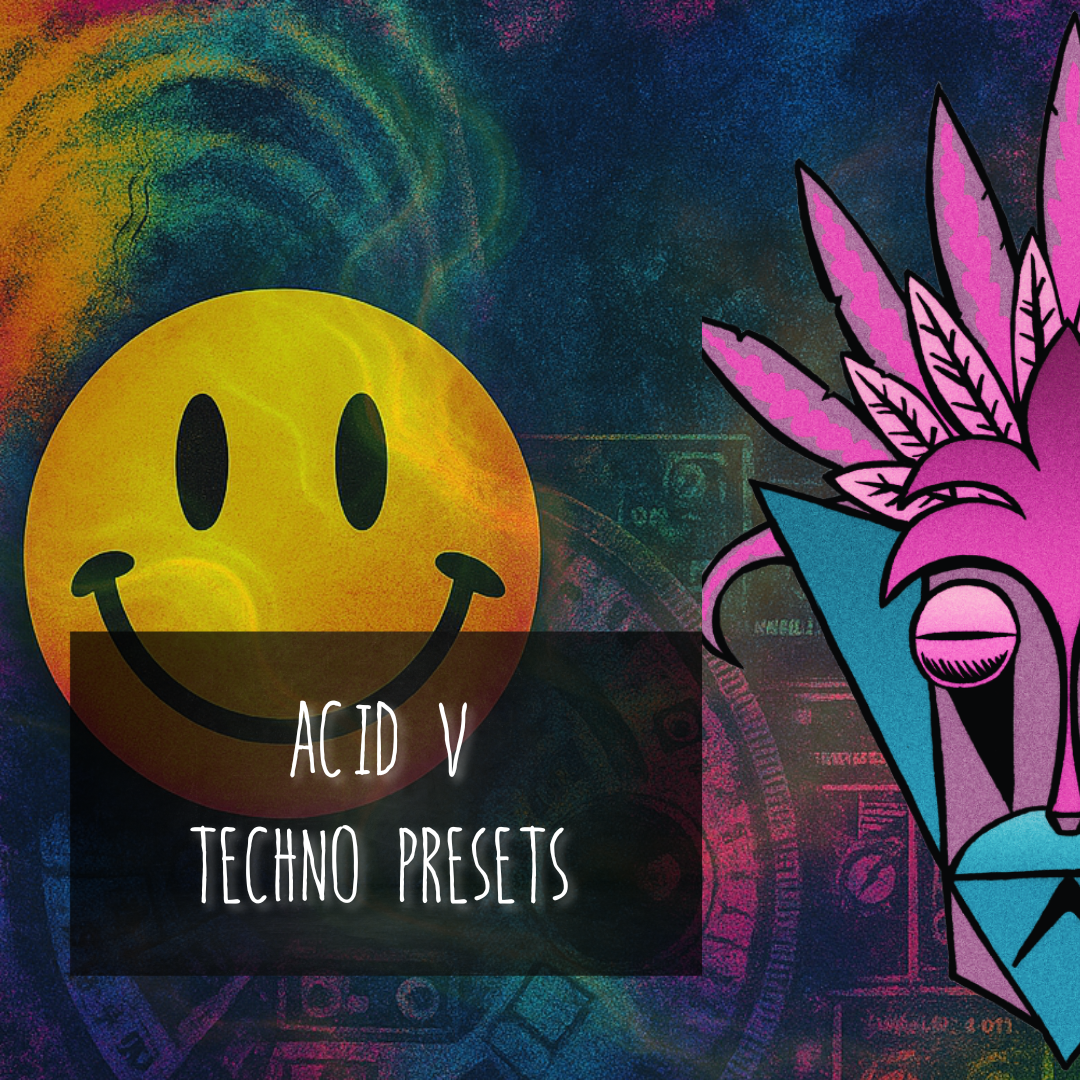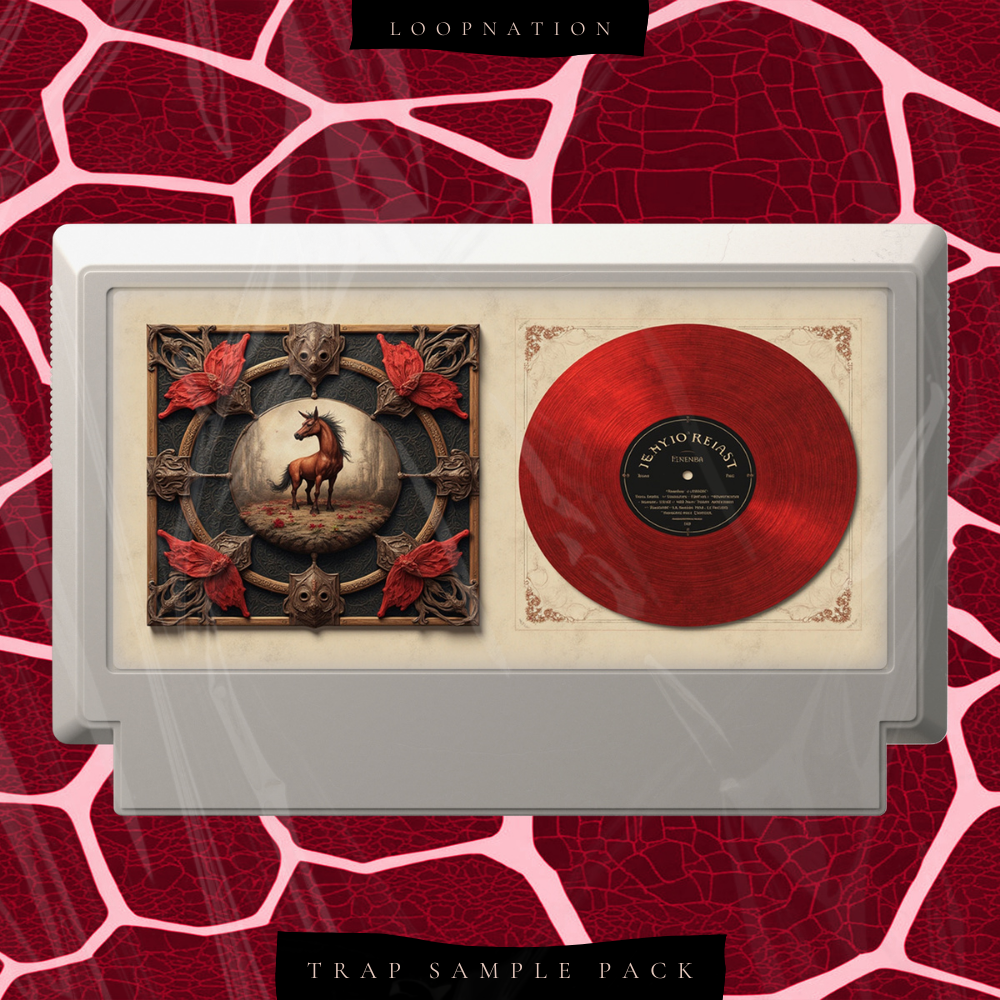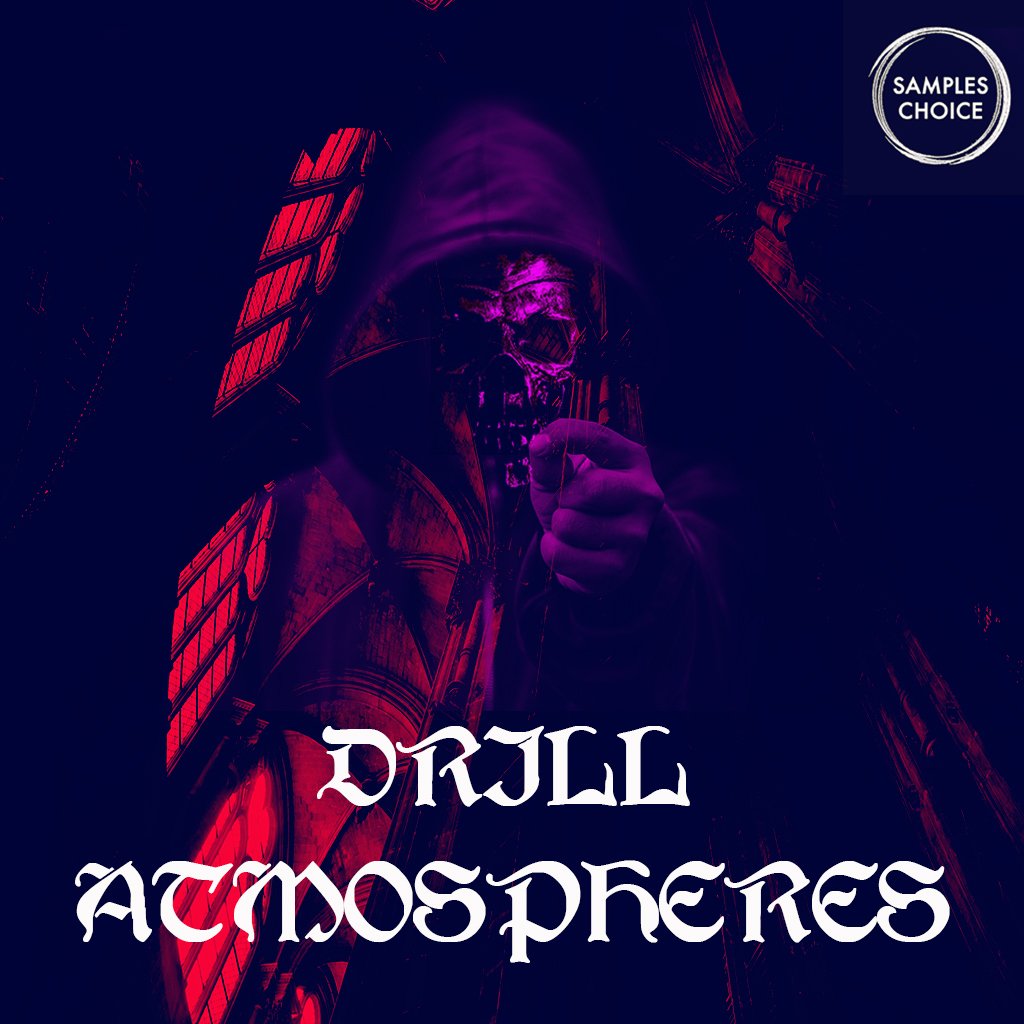The Essence of Distortion: Transforming Sounds Across Genres
Distortion, a powerful tool in music production, has significantly shaped various music genres from pop to electronic. By intentionally altering the sound quality of an instrument, distortion adds richness, texture, and an edge that can elevate a track from ordinary to extraordinary.

What does distorted mean: A Deep Dive into Sound Engineering
Analog Distortion: The Warmth of Tubes and Tape
Analog distortion, revered for its warmth and complexity, comes from overdriving tube amplifiers or pushing tape machines beyond their normal limits. This type of distortion provides a smooth, organic growth in harmonic content, resulting in a fuller sound that is highly sought after in genres like rock and blues.
Digital Distortion: Precision and Versatility
In contrast, digital distortion offers more control and precision. It is achieved through algorithms that clip the audio signal in a less natural but more predictable manner. This type is preferred in electronic and experimental music, where precision and repeatability are crucial.
Fuzz, Overdrive, and Distortion Pedals: Sculpting the Tone
Pedals are integral to achieving the desired distortion effect, each adding a unique character:
- Fuzz Pedals: Produce a warm, vintage sound by drastically altering waveforms, ideal for psychedelic rock and garage.
- Overdrive Pedals: Simulate the sound of an overdriven tube amp, perfect for blues and rock.
- Distortion Pedals: Offer aggressive and sustained distorted tones, commonly used in metal and hard rock.
Optimizing Distortion Techniques in Modern Music Production

Distortion transcends mere volume enhancement or sonic aggression; it serves as a strategic tool for creatively manipulating harmonic content to amplify the emotional resonance of a musical piece. Below are several key techniques to utilize distortion effectively within different components of modern music production:
Vocals: Infusing Character and Presence
A subtle application of distortion to vocal tracks can inject rawness and character, ensuring vocals cut through even the densest of mixes. This technique not only increases the perceptibility of the vocals but also adds a layer of emotional intensity, making the performance more compelling.
Drums: Enhancing Impact and Clarity
Implementing distortion on drum tracks is a proven method to boost their auditory impact within a mix. By making the drums punchier, distortion accentuates their rhythmic precision and can bring a live, energetic feel to studio recordings, which is crucial for genres that rely heavily on dynamic beats.
Bass: Defining Tone and Cutting Through Mixes
Distortion on bass lines is particularly effective in genres with complex, layered instrumentals. It allows the bass to maintain its foundational role while ensuring its audibility by adding harmonic overtones that help it stand out. This is particularly beneficial in heavy and dense musical arrangements where clarity is paramount.
Each of these applications showcases the versatility of distortion as a transformative force in music production, capable of elevating the textural quality and emotional depth of the sound.
The Science Behind Distortion: Exploring Harmonics and Clipping
Distortion fundamentally operates by introducing additional harmonics to an audio signal, enriching the original sound's complexity and texture. This alteration occurs through a process known as signal clipping, which can be either symmetrical or asymmetrical, each influencing the distortion's character in distinct ways.
Understanding Harmonics in Distortion
Harmonics are essentially overtones that accompany the fundamental tone of any musical note. In the context of distortion, these overtones are intentionally amplified or modified, adding layers of sound that contribute to a richer, more vibrant audio experience. This process can accentuate certain frequencies within the harmonic series, thereby altering the timbre and perceived loudness of the music.
Mechanisms of Signal Clipping
Signal clipping occurs when the input level of an audio signal exceeds the maximum limit that a device (like an amplifier or digital audio workstation) can handle, resulting in the top and bottom of the waveform being "clipped" off. This clipping modifies the waveform, creating additional harmonics that change the sound's quality:
- Symmetrical Clipping: This type of clipping occurs equally on both the positive and negative swings of the audio waveform. Symmetrical clipping typically generates even harmonics, which tend to sound more musically consonant and pleasing. It's often associated with a smoother, more controlled distortion sound.
- Asymmetrical Clipping: In asymmetrical clipping, the positive and negative swings of the waveform are clipped to different extents. This uneven clipping produces a mix of even and odd harmonics, leading to a harsher, more biting sound. Asymmetrical clipping is frequently used to achieve more aggressive distortion effects.
Impact on Tone and Texture
The choice between symmetrical and asymmetrical clipping depends on the desired result in the music's tone and texture. Symmetrical clipping, with its even harmonics, tends to preserve more of the original sound's qualities while adding a pleasant, warm distortion. Asymmetrical clipping, on the other hand, introduces a grittier, more textured feel that can make the sound stand out more distinctly in a mix.

Selecting the Right Distortion: A Guide for Producers
Choosing the right type of distortion depends on the desired outcome and the genre of music. Producers should consider the following when selecting distortion effects:
- Genre-Specific Sounds: Different genres often favor specific types of distortion. Knowing these preferences can guide the selection process.
- Desired Warmth and Texture: The choice between analog and digital distortion affects the warmth and texture of the sound.
- Control Over the Effect: Digital distortion provides more control over parameters, while analog offers a richer, more unpredictable effect.
Conclusion: Harnessing Distortion for Artistic Expression
Distortion is not merely a tool for noise but a method of artistic expression. By understanding its nuances and applications, producers can dramatically enhance the expressiveness and impact of their music. Whether it’s adding body to a guitar solo, clarity to a bass line, or edge to a vocal track, the creative use of distortion is essential in crafting a compelling sonic experience.

